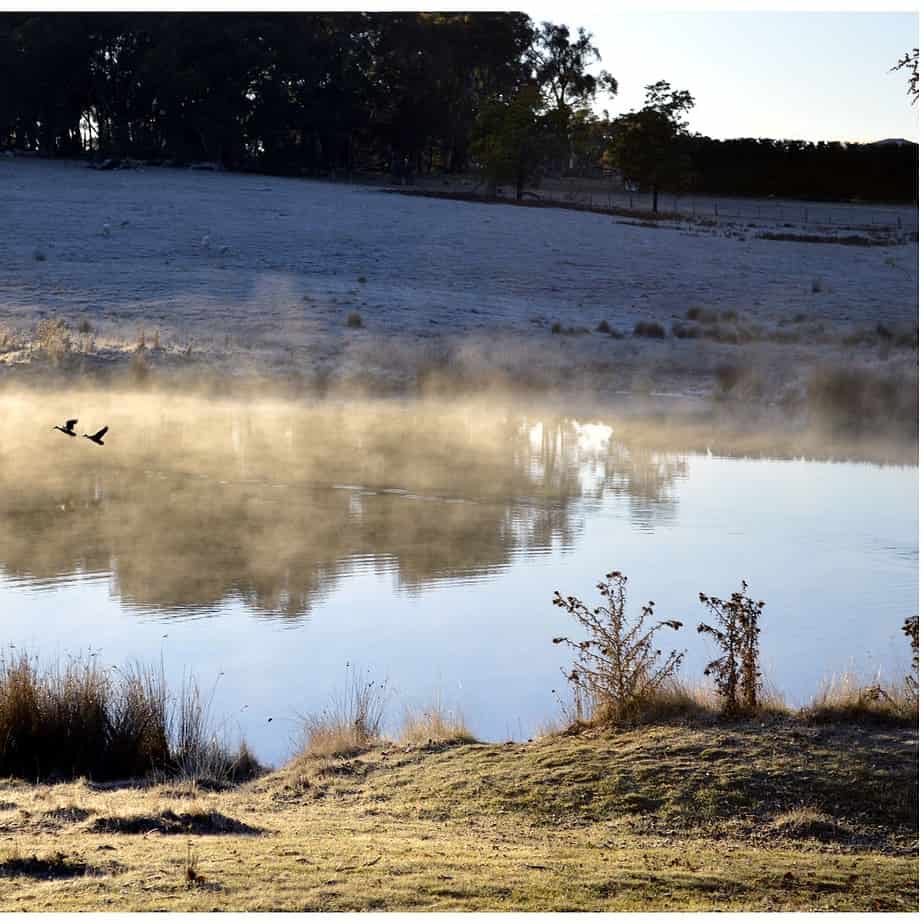
Introduction
Farm dams are vital for agricultural operations, serving as a valuable water source for irrigation, livestock, and various farm activities. However, constructing a farm dam can be a complex endeavor, fraught with challenges that require careful planning and problem-solving. In this article, we will discuss some of the common challenges encountered during farm dam building and explore effective strategies to overcome them. By understanding these obstacles and implementing proactive solutions, farmers can ensure the successful construction of durable and efficient farm dams.
Site Selection and Design
One of the initial challenges in farm dam building is selecting an optimal site and designing the dam to meet specific requirements. Factors such as topography, soil composition, and water availability must be considered. Engaging the expertise of an agricultural engineer or hydrologist can help assess the feasibility of potential dam sites and ensure the design aligns with local regulations and standards. Careful planning and thorough site analysis are key to overcoming this challenge.
Soil Quality and Stability
The soil on which a farm dam is built plays a crucial role in its stability and longevity. Poor soil quality, including high clay content or loose sandy soil, can pose challenges. To address this, soil testing is essential to determine the soil’s properties and suitability for dam construction. Techniques such as soil compaction, adding stabilizers, or incorporating geosynthetic materials can enhance soil stability and minimize seepage issues.
Water Supply and Catchment Management
Ensuring a sustainable water supply for farm dams is critical for long-term success. Challenges may arise in managing water catchment areas, estimating runoff, and maximizing water storage efficiency. Proper catchment management practices, including land contouring, vegetation management, and erosion control measures, can help optimize water collection and minimize sedimentation, enhancing the dam’s storage capacity.
Environmental Considerations and Permitting
Farm dam construction must adhere to environmental regulations and obtain the necessary permits. This process can be complex, with potential challenges including impacts on aquatic habitats, wetlands, or endangered species. Engaging with local authorities and environmental consultants from the early stages of planning can help navigate these challenges, ensuring compliance with regulations and implementing mitigation measures when required.
Construction and Maintenance Costs
Farm dam construction involves financial investments that may pose challenges, particularly for small-scale farmers. Costs can arise from excavation, earthmoving equipment, materials, and ongoing maintenance. To address this challenge, farmers can explore cost-sharing options with neighbouring farms, consider government grants or subsidies, and prioritize efficient design to minimize construction and maintenance expenses.
Water Management and Siltation
Over time, farm dams may face challenges related to siltation, reduced water storage capacity, and ineffective water management. Implementing sedimentation control measures, such as sediment basins or vegetated buffer zones, can help reduce sediment inflow. Regular maintenance, including desilting and vegetation management, is vital to maintain the dam’s efficiency and prolong its lifespan.
Conclusion
Constructing a farm dam presents various challenges, but with careful planning and proactive strategies, these obstacles can be overcome. By addressing site selection, soil stability, water management, environmental considerations, costs, and ongoing maintenance, farmers can ensure the successful construction and long-term sustainability of their farm dams. Investing time, resources, and expert advice in overcoming these challenges will lead to reliable water sources, enhanced agricultural productivity, and a resilient farming operation.
